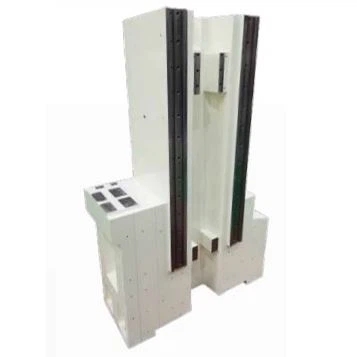Casting Quality Requirements
 2025-06-29| View:
2025-06-29| View: Quality requirements for die casting:
1. Casting speed: The casting speed of die-casting parts is proportional to the depth of the ingot liquid cavity. If the casting speed is increased, the depth and temperature gradient of the ingot liquid cavity will increase, so that the liquid cavity section will appear at the bottom of the liquid cavity, resulting in a larger shrinkage stress, which will eventually increase the probability of ingot thermal crack , So we should control the speed.
2. Casting temperature: A good casting temperature for die-casting parts will keep the liquid metal with good fluidity, thereby reducing tissue stress and preventing cracks. The general casting temperature should be determined according to the type of material and the specifications of the ingot. If the temperature is not suitable, it will increase the internal stress, causing the casting to crack or crack. If the temperature is too low, it is not good, because it will cause defects such as cold insulation, slag inclusion and even cracks on the surface of the ingot, and even serious, it will make the casting unable to continue.
3. Liquid level height: The position of the liquid level is also very important. If it is too low, it will increase the material's tendency to thermal cracking. If it is serious, it will affect the casting process. If the liquid level is too high, it will increase the segregation degree of the ingot. Therefore, it is necessary to ensure that there is a suitable liquid level, too high or too low.
4. Castings shall not have defects such as cracks, cold partitions, blisters, air holes, slag holes, shrinkage loosening and oxidation slag inclusions.
5. The non-processed surface of the casting should be smooth, straight, and the sign of the casting should be clear. The pouring and riser should be flush with the surface of the casting after cleaning.
6. The castings shall comply with the relevant regulations of GB / T6414 or GB / T11351 or the dimensions and deviations required by the drawings or patterns provided by the buyer.
7. Castings must not be hammered, blocked or impregnated to eliminate leakage.


